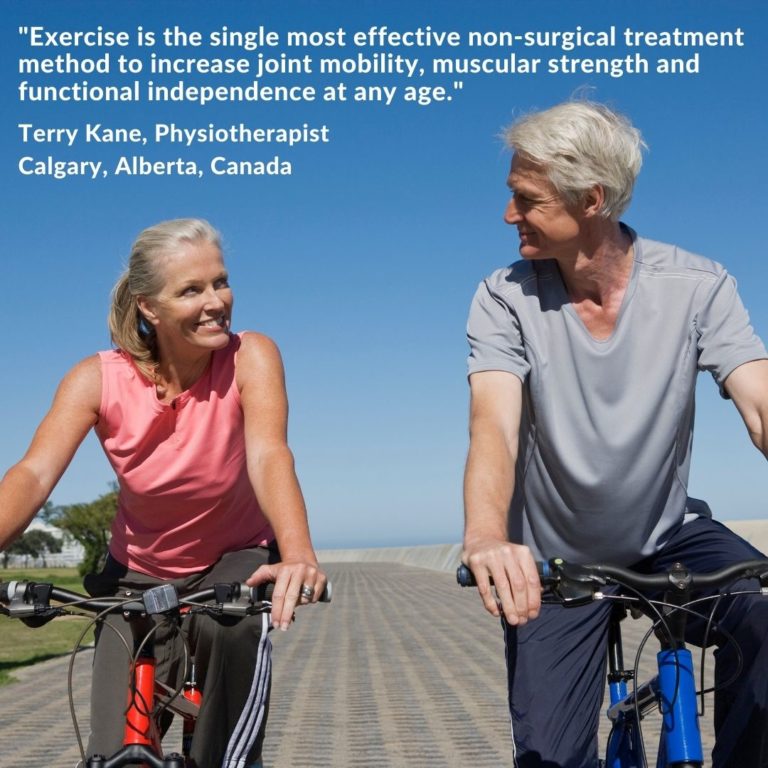The information presented below is for educational purposes only and is not a substitute for the recommendations of your physician, surgeon, or physical therapist.
Please watch the video above before reading the following.
There are risks with any treatment, injection or test that pierces the skin (eg. infections, allergic reactions, bleeding, tissue damage).
While every safety precaution is taken to avoid complications during surgery, there are incidents that can leave the patient with more pain or disability than before undergoing surgery.
For these reasons, surgery of any kind is always the last option and only considered if;
(a) there is a known surgical procedure that can repair the source of pain or disability
(b) if the patient’s medical profile is safe enough to withstand the procedure and recovery
(c) the patient has exhausted all appropriate non-surgical treatment methods without improvement and,
(d) the patient is willing to accept the risks associated with surgery as explained to them by their surgeon (eg. “Informed Consent“)
In the past two decades, there have been significant advances in the non-surgical management of many muscle and joint conditions. As a result of these advances, more and more patients can now return to their activities of daily living at work and in sports without surgery.
Unfortunately, not all body tissues heal at the same rate. Some injuries heal quickly while others can take months to heal enough to allow a patient to return to work or sports. Tissues that have low blood flow tend to heal slower than tissues with high blood flow.
One of the most common errors that patients make is to assume that the absence of pain means their injury has fully healed and it is safe to return to work or sports. Just because a medication reduces pain does not mean the injured tissue has healed. Premature activity can lead to re-injury, delayed healing, chronic pain, and dependency on pain medications.
The first step in the non-operative treatment of any muscle and joint injury is to see your family physician as soon as possible and to obtain an accurate diagnosis of your injury.
The second step is to modify or discontinue any activity that triggers your pain to flare up.
A period of protection at the site of injury is critical in allowing repair tissue to mature without re-injury fully.
Within a couple of weeks, it’s critical to see an experienced physiotherapist in your community to educate you on an appropriate treatment protocol and to design a safe and appropriate home-based rehab exercise program.
Physiotherapists are considered rehab specialists in the non-surgical treatment and rehabilitation of muscle and joint injuries/conditions.
In a research study conducted at the University of British Columbia, experienced orthopaedic physiotherapists were found to be four times better than family physicians and emergency room physicians in identifying patients who met the surgical criteria for surgery (92% vs 22%).
Bottom Line: See a physician > See the most experienced orthopaedic physiotherapist in your community > avoid pain medications that just mask your pain > follow your physiotherapist’s recommendations and do the home-based exercises your physiotherapist recommends.

